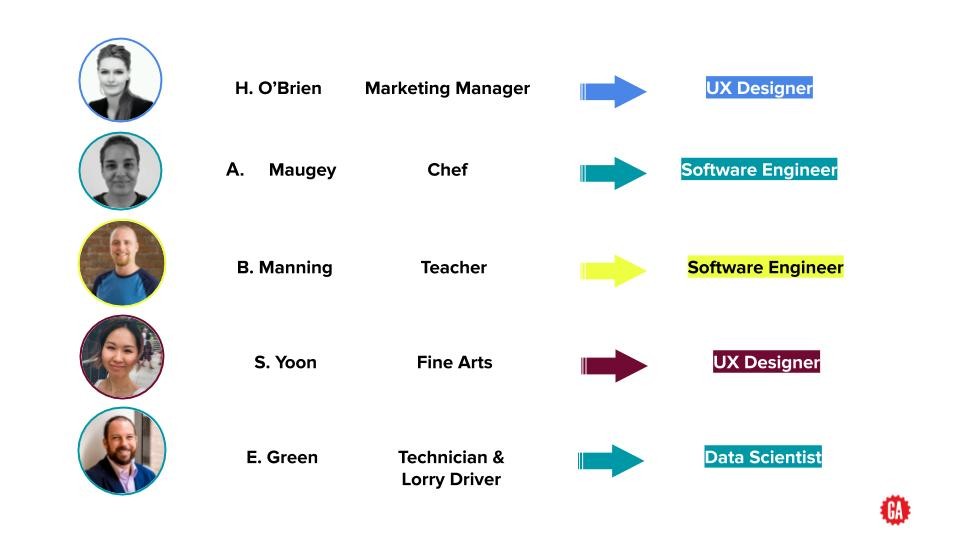This article was originally authored by Anand Chopra-McGowan here.
All of these headlines are powered by major shifts in the world of business – outsourcing, digital transformation, robotic process automation, and more. Collectively, these trends offer massive future opportunities for efficiency, productivity, and shareholder value.
And yet, if you’re one of the workers affected by the changes that these trends are driving, your working future actually looks pretty scary.
While there are significant ranges in estimating just how scary the future will be – from 14% to as much as 50% of jobs being “at risk” of automation – we are already seeing that a large number of jobs are already being significantly affected by these trends.

So, who’s going to save us? I believe that Human Resources leaders can be the superheroes we need. Work, careers, and learning have always been important. But with the unprecedented depth and speed of change in the way we work today and in the future, I believe that human resources leaders have an opportunity to be the superheroes who swoop in to save the day, and deliver a more positive future of work for that accountant, for that lorry driver, for that lawyer, and all the other workers whose jobs and lives are being affected.
I’m not alone in this opinion. Recent research and thinking from Harvard Business Review, the World Economic Forum, and Financial Times have promoted the idea of the HR leader’s increasingly strategic role.
At my company, General Assembly, we’ve had the opportunity to work with HR leaders around the world to design and deliver ambitious and impactful programmes that chart a more positive future of work by giving workers a pathway to the skills, mindset, and infrastructure for lifelong learning that will enable them to succeed, no matter which version of the future plays out.
In so doing, we’ve gotten to know hundreds of superheroes in the HR world. Most importantly, these approaches to upskilling and reskilling are delivering results. At GA, we’ve seen dramatic career transformations in the tens of thousands just like these:

So how do they do it? To continue on a theme, all superheroes need a utility belt – the gadgets, tools, practices, and ways of working that help bring ideas to life.
Let’s look at five of these, based on recent examples and case studies we’ve seen:
#1. A rallying cry from the top, with funding to match: To make reskilling a reality, companies need to invest, and leaders must vocally champion and celebrate these investments. For example, Bob Moritz, Chairman of PWC, has been particularly vocal about his firm’s $3bn investment in reskilling and upskilling.
#2. Skills assessments can help calibrate investments: When you’re training a large population, it’s difficult to know each team member’s ideal starting point. Practical skills assessments like the one we launched with L’Oreal are great ways to create a data-driven picture of your teams’ abilities, and help each employee understand where to invest their time in learning.
#3. Create a fast feedback loop to fill skills gaps: Too often we see businesses spend months and months trying to predict what jobs they’ll need in the future. The number of variables associated with this calculation means you’re likely better off building a system that measures skill and job gaps on a more frequent basis, and focuses on filling those. Our work with BNP Paribas is a good step in this direction.
#4. Use learning and development as a tool for talent acquisition: Instead of competing externally for sought-after talent, consider creating an internal “academy” to build the talent you need. Programmes like CODE: Rosie from The Walt Disney Company and the Adobe Digital Academy are great examples of this. (Renowned HR thought leader Josh Bersin recently published a report on this “build vs. buy” model, using research commissioned by GA and featuring three in-depth case studies.)
#5. Embrace new talent pipelines: In the UK (where I’m based), large employers are increasingly investing in ways to integrate apprentices into their talent pipelines, with the direction of the Apprenticeship Levy as a source of funding. Our partnership with the new and fast growing apprenticeship provider Whitehat has already seen hundreds of apprentices enter sought after digital roles across the UK.
Collectively, these and other steps are instrumental in building pathways and programmes that allow large companies to make meaningful strides in closing the technology skills gap and giving their teams a more secure working future.


